My Top Tips for Bouncing Back After Baby
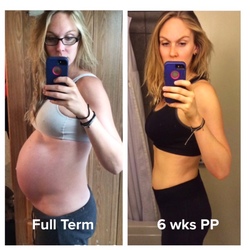
1. Establish a healthy diet and lifestyle routine (prior to pregnancy for best results).
There’s not a whole lot you can control during or after pregnancy (in terms of hormones or genetics), but what you do have control over are your daily choices. Diet and lifestyle habits can have a huge impact on the outcome of a pregnancy, including how quickly the body will bounce back afterwards. Prior to my pregnancy, I was in the routine of getting regular exercise, staying hydrated, eating sufficient calories from a high carbohydrate plant-based vegan diet, and sleeping 8-10 hours a night. These habits supported me through my pregnancy and postpartum period; allowing me to create a healthy child, supply sufficient breastmilk,, experience minimal pregnancy affects (stretch marks, weight gain), and return to my pre-pregnancy shape within the first 6 weeks after my baby was born. Many women make the mistake of throwing their healthy diet and lifestyle habits out the window once they get pregnant, but trust me, sticking to them makes pregnancy way easier, as well as bouncing back!

Breastfeeding not only supplies your baby with the best nourishment, but also helps your body return to its pre-pregnancy shape! Almost immediately after establishing breastfeeding, the uterus will begin contracting (due to oxytocin release) and pull the womb back into the pelvic cavity, much quicker than it would otherwise. The oxytocin release triggered from breastfeeding also assists with mood stability and maintaining a positive mindset, decreasing the risk of stress-related illnesses and post-partum depression. Exclusive breastfeeding will utilize and eliminate the fat stores on the body created from pregnancy, especially as baby’s need for milk increases overtime.
To support the production of high quantity and quality breast milk, fuel up on nutrient dense, high carbohydrate foods from your favorite plant-based sources, and let your baby feed on demand. Staying hydrated is equally important, as the composition of breast milk is mostly water (up to 90 %). Breast fed babies are also typically healthier, happier, and better sleepers, translating to less stress and more sleep, which aids in bouncing back!
3. Drink plenty of water and eat a high carbohydrate, low fat, plant-based vegan diet.Water and carbohydrates (glucose) are the primary ingredients necessary for energy production within the human body. When we are topped up on fluid and nutrient dense plant fuel, our cells are able to work at their most optimal potential; translating to a faster metabolism, increased energy, improved mental functioning, quickened healing rate, better digestion, balanced hormones, and a stronger immune system. These health benefits support our ability to achieve and maintain optimal health while returning the body to its optimal pre-pregnancy shape.
Diets high in fat, protein, and sodium can actually delay the postpartum recovery process by interfering with energy production, causing the metabolism to slow down while promoting hormonal imbalances, illness, digestive issues, fat storage, and fluid retention.
Most adult women require a minimum of 2 liters of water and 2000 calories per day. Breastfeeding mamas will require more water and calories to support milk production. For optimal health and a speedy metabolism, aim for a dietary macronutrient ratio of 80% carbohydrates, 10% fats, and 10% protein, with a sodium intake of less than 1500 mg per day. Always eat for your appetite of the nutrient dense fruits and vegetables you crave the most! As a breastfeeding mama, I personally consume 3-5 liters of water and 3000-5000 calories per day on average. My staple foods include ripe (spotty) bananas, dates, fruit smoothies, any ripe fruits in season, fruit juice, white rice, seaweed, potatoes, yams, steamed spinach, vegetable soups, and big green vegetable salads. Track your daily fluid, food, and nutrient intake at www.cronometer.com.
4. Rest as much as you can.In the first couple of weeks following the birth of your baby, you will need lots of rest in order to recover, manage your new responsibilities, and regain your pre-pregnancy figure. Rest and sleep lower stress hormones, promote the release of human growth hormone, repair and rejuvenate all cellular systems, and enhance nutrient utilization; all of which help the metabolism to work faster and more efficiently, enabling a speedy postpartum bounce back. To get the rest you need: sleep when baby sleeps, lay on the floor with baby during play time, feed baby in a recliner or on the bed, ask for help, and don’t push yourself too hard. Insufficient rest can result in adrenal fatigue which hinders the functioning of the metabolism, making it just about impossible to manage mommy life and bounce back post pregnancy. Aim to get a minimum of 7 hours of sleep per night. Even if the sleep is broken up with nighttime feedings, it still counts and your body will thank you for it!

Getting in some daily movement can make you feel wonderful and help to get your body back into tip top shape after having a baby. Exercise not only strengthens and tones our muscles, but enhances all systems of the body; allowing our cells to work more efficiently. This cellular efficiency translates to an increased metabolic rate, which is the key to staying fit, lean, and healthy for life!
Shortly after my baby was born, I started doing some light exercise including walking, stationary cycling, yoga, and body weight exercises as soon as I felt ready. My body healed and became more physically capable as the post-partum weeks went by, allowing me quickly build back up to my pre-pregnancy fitness routine and regain my figure. Now I’m training for a 5k running race and able to do 100 squats while holding my baby!
To get the exercise in, try wearing baby in a sturdy carrier (Baby Bjorn for 0-8 weeks, Ergobaby 8+ weeks) walking outdoors, using a stationary bicycle or elliptical, and while performing body weight exercises. You can also take baby along for a walk/jog in a stroller, or plan a home workout session during nap time. Yoga with baby is also great! A Belly Bandit support belt is also a nice post-pregnancy investment as it provides support for the core and back while encouraging the abdomen to tighten back up (especially if you have diastasis recti).
Remember that no matter what you decide for exercise, it doesn’t have to be strenuous to be effective! Consistency is the key. Focus on how you feel and have fun while you move! Also, be sure to consult your healthcare practitioner to make sure your body is ready for postpartum exercise.
Well there you have it, my top tips for bouncing back after baby! Give yourself plenty of time, stay consistent, be patient with your results, and enjoy the process. Remember, when we take the best care of ourselves, we are also able to take the best care of our baby!
Victoria
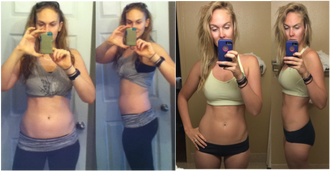

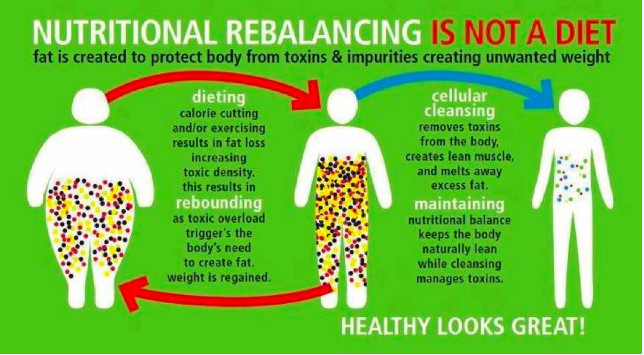
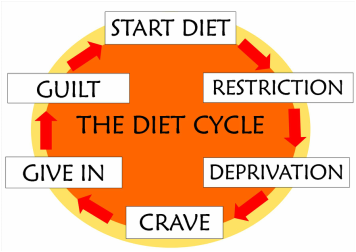

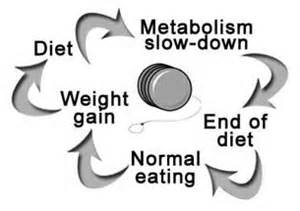
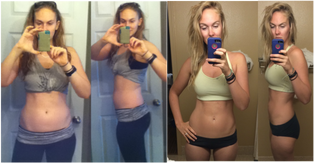
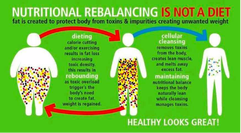
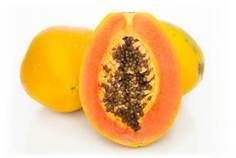



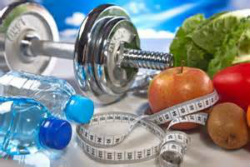
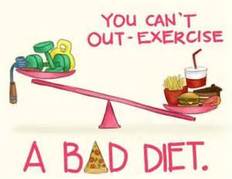
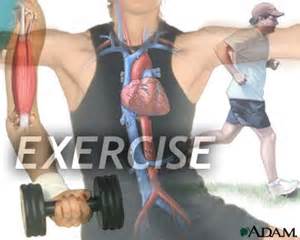

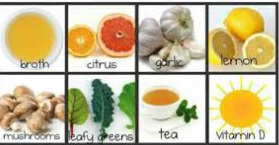
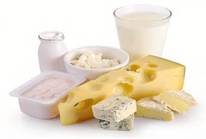

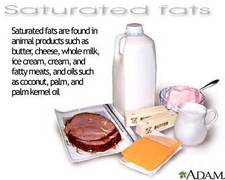
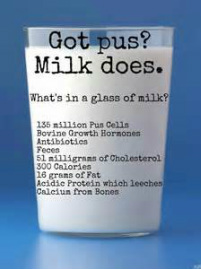
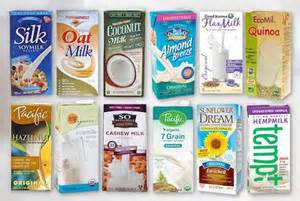
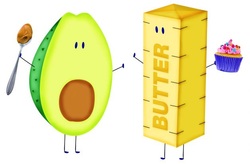
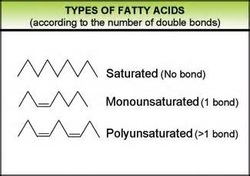
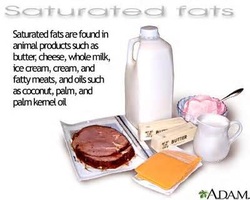

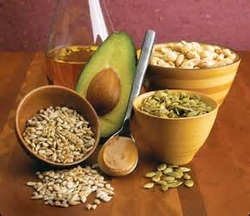
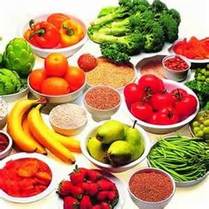
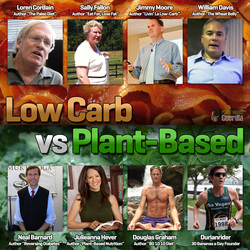
 RSS Feed
RSS Feed
